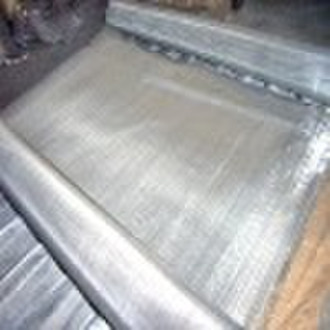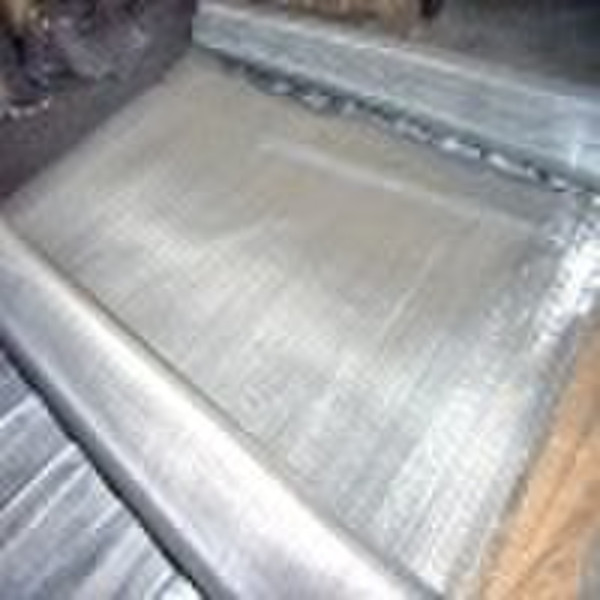stainless steel wire mesh (factory price )
原价: 15,00 USD
北景乡, 中国

leo Zhang
联系人姓名
基本信息
| 材料 | 不锈钢丝 |
|---|---|
| 类型 | 钢丝衣服 |
| 技术 | 编织 |
| 出生地 | Beijing China (Mainland) |
| 电线的直径 | 0.025MM-4MM |
| 模式的数量 | 001 |
| 牌子的名字 | TYLH |
stainless steel wire mesh Sizes: Standard roll width: 1m to 48". Standard roll length of stainless steel wire mesh: 30m to 100". Type 304 often refers to as "18-8" (18% chromium, 8% nickel ). T-304 is the basic stainless alloy mostly commonly utilized for wire cloth weaving. It withstands outdoor exposure without rusting and resists oxidation at an elevated temperature up to 1400 Degrees Fahrenheit. Type 304 L is very similar to T-304, the difference being the reduced carbon content for better weaving and secondary welding characteristics. Type 316: Stabilized by the addition of 2% molybdenum, T-316 is an "18-8" alloy. Type 316 has better resistance to pitting corrosion than the other chromium-nickel stainless steels where brines, sulfur-bearing water or halogen salts, such as chlorides are present. Type 316 L: Type 316 L is very similar to T-316, the difference being the reduced carbon content for better wire cloth weaving and secondary welding characteristics. Applications: Stainless steel wire mesh made from choice wires are used for separation of solids and clear filtration of liquids, as in the cleaning of fuels or hydraulic liquids, or in water treatment. Square Opening Wire mesh in Stainless Steel: Plain weave stainless steel wire mesh: This is the most commonly used style of weaving. Every second wire is woven in, warp and weft wires run over and under each other alternately and interlock. Plain weave wire meshes guarantee optimum accuracy of apertures or filter pores. Plain weave wire mesh use wires that are thinner than the corresponding apertures. Twilled weave stainless steel wire mesh: In cases where increased wire thickness is required in relation to the aperture size, which yield in the weaving process cannot withstand, this style of weave is chosen. At least two wires are woven in pairs, subsequently displacing a single wire. Mesh stability is controlled by a combination of aperture size and wire strength, and displays a slight diagonal trend. Using modern weaving technology, excellent stability of weave can be achieved.
交货条款及包装
Packaging Detail: water-proff paper .wooden carton /pallet Delivery Detail: within 15days when receieve the advance payment
端口: tianjin-xingang
付款条款
Letter of credit
Telegraphic transfer
-
支付方式
我们接受:









